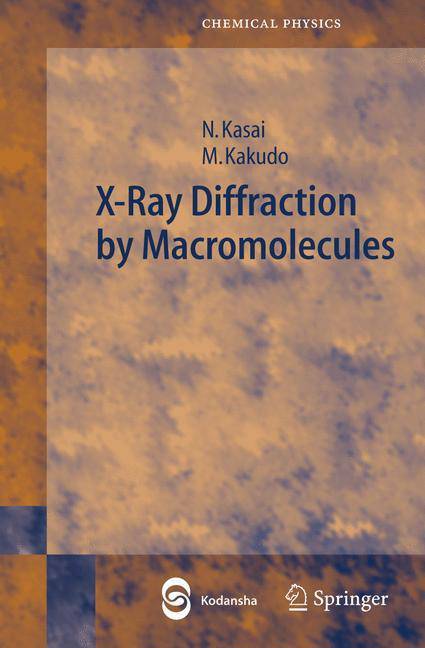
- Afhalen na 1 uur in een winkel met voorraad
- Gratis thuislevering in België vanaf € 30
- Ruim aanbod met 7 miljoen producten
- Afhalen na 1 uur in een winkel met voorraad
- Gratis thuislevering in België vanaf € 30
- Ruim aanbod met 7 miljoen producten
Zoeken
Omschrijving
The audience for this thorough overview includes advanced undergraduates and postgraduate researchers in macromolecular sciences who can benefit from more familiarity with the use of X-ray diffraction for obtaining structural information on biological substances, natural and synthetic high polymeric materials. X-Ray Diffraction by Macromolecules comprises three parts: fundamental, experimental and analytical, and the volume as a whole may serve as an intermediate textbook to bridge the treatments found in primers and specialist works. It presents a thorough treatment of principles and applications, and gives full, practical details on experimental methods and the treatment of results, along with many examples of actual analysis. Advanced undergraduates and postgraduate researchers in macromolecular sciences not afford to unfamiliar with X-ray diffractions for obtaining structural information on biological substances, natural and synthetic high polymeric materials. This book is divided into three parts: fundamental, experimental and analytical, and the volume as a whole is intended as an intermediate textbook to bridge the gap between primers and specialist works. It presents a thorough treatment of principles and applications, and give full, practical details of experimental methods and treatment of results, many including examples of actual analysis.
Specificaties
Betrokkenen
- Auteur(s):
- Uitgeverij:
Inhoud
- Aantal bladzijden:
- 504
- Taal:
- Engels
- Reeks:
- Reeksnummer:
- nr. 80
Eigenschappen
- Productcode (EAN):
- 9783540253174
- Uitvoering:
- Hardcover
- Gewicht:
- 938 g

Alleen bij Standaard Boekhandel
+ 295 punten op je klantenkaart van Standaard Boekhandel
Beoordelingen
We publiceren alleen reviews die voldoen aan de voorwaarden voor reviews. Bekijk onze voorwaarden voor reviews.











